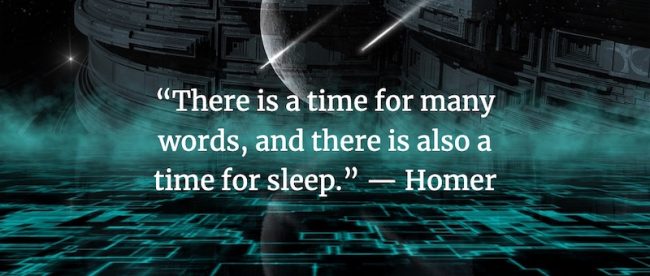Frames

Sometimes, in writing, we use a technique known as framing. We book-end a story between a beginning and ending that are clearly set apart by time, space, understanding, or state of consciousness.
Examples sitting on my shelves: Homer’s Odyssey, in which Odysseus holds court with his great tales of adventure; Wallace Stegner’s narrator in Angle of Repose viewing his grandmother’s life in the pages of her journals; 111-year-old Jack Crabb remembering his family life among the Cheyenne in Thomas Berger’s Little Big Man; Dorothy’s journey from Kansas to the Emerald City and back in a dream state in The Wonderful Wizard of Oz.
This year I’ve been reading my father’s collection of hardcover novels by Australian author Nevil Shute, all written between 1923 and 1960. Full of racist, sexist, and even ageist themes from the time and various settings, they’re nonetheless thrilling—and full of frames.
An injured pilot, recovering and hallucinating (on medication) in the home of a mentor, dreams he’s living the mentor’s life as his own. An alcoholic wanderer, ill and on his deathbed, informs an outback doctor about events that are yet to occur. An accountant remembers his friendship with a former prisoner-of-war who survived a two-year forced march on the Malay peninsula in WWII.
Though I know framing to be Shute’s style, he surprises me with it each time. It must be he has enough skill to draw me into his world. It’s both sleight-of-hand and great entertainment. As I turn the last page on each of the novels, I’m sorry to see it end.
Recently I attended an online broadcast of a dialogue between Zen Buddhist priest and novelist Ruth Ozeki and professor and Buddhist scholar Francisca Cho. Among other fascinating subjects, these two brilliant women discussed the use of frames in contemporary and ancient literature.
As Cho tells us, the use of bookends in storytelling is as old as the hills—as in, it’s as old as story itself. Some of the most ancient documents take readers into a dreamtime and out again, allowing us to suspend disbelief long enough to take in the lesson. Whatever it is.
Ozeki finds frames in her work-in-progress, but they’re thematic: an awareness of the storylines inherent in beloved objects. “I write to express the dharma,” Ozeki says, meaning the teachings of her spiritual life. She points to new worlds that are possible through certain framing.
So I don’t think it’s a stretch to frame the end of 2021 with echoes of the beginning: long, cold nights with great-horned owls calling and responding; living with pandemic; reaching out through electronics and letters and over backyard fences.
This December, there is a change over recent years: wet storms. Here in California, many creeks are running and mountains are gathering snow—in Sonoma, it’s been the wettest winter to date in twenty years, according to my friends who’ve logged backyard rain data that entire time. It doesn’t mean we’re emerging from drought. Not even close. In my area, it’s still severe.
Though our fire season ended earlier than last year, and the year before, and we’re not so wet that we’re flooding, other parts of the world are suffering extreme fire danger, floods, and winter severity & avalanche warnings. And my neighbors and I know our own fire season will come again.
What’s the lesson? Or maybe better said, what’s the opportunity? Hard to say.
Maybe the new year as a new story. A chance to set new frames, understand our narrative clearly. To rethink how we relate to pandemic. To stay mindful of how we use resources with regard to future generations. To care about how we talk to each other.
But enough words for one year. Let’s wake up tomorrow in that new world.
Find my most recent book, Swimming Grand Canyon and Other Poems (Finishing Line Press, 2021), available through Bookshop.org and many other fine booksellers.
And find opportunities for 2021’s last charitable giving:
HOW TO GIVE TO WATER AND CLIMATE WORK (THIS BEING THE H2O BLOG)
My favorite carbon offsets (starting at $6 per month)
Supporting climate research and resilience through Project Drawdown

Leave a comment